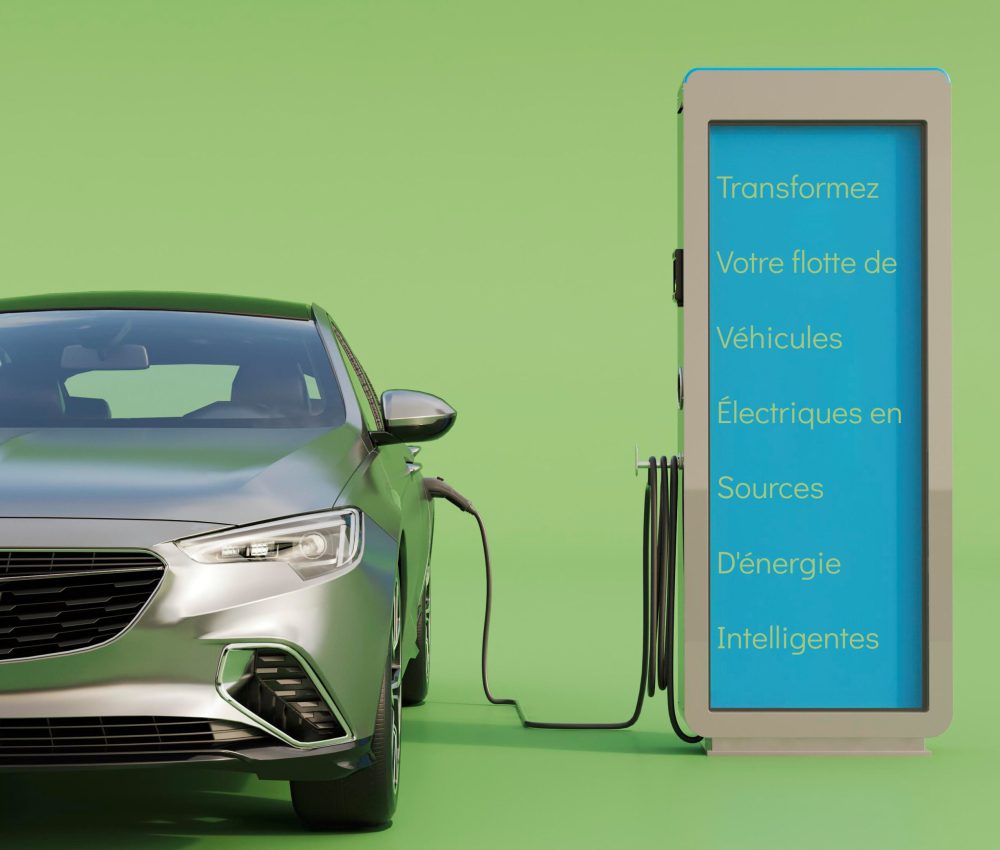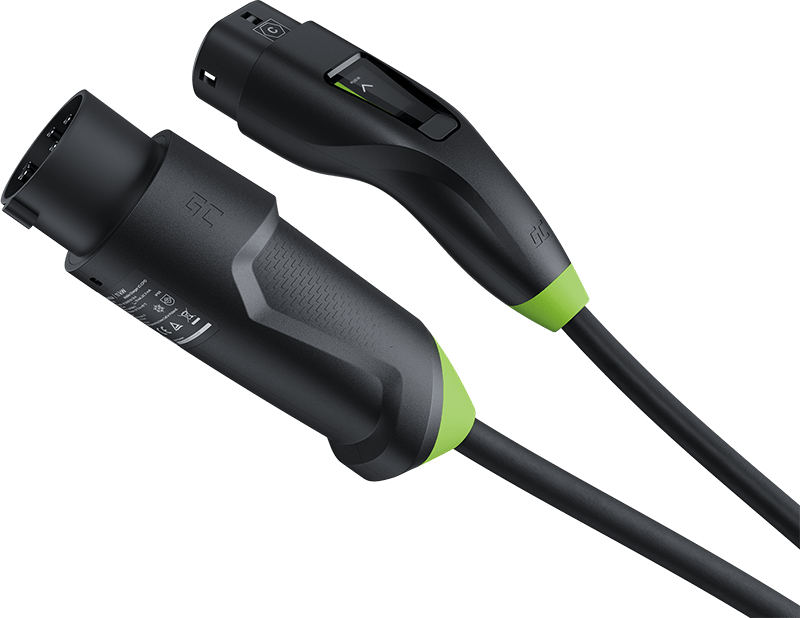V2G
Committing to the Intelligent Energy Future
Optimizing energy consumption
Reducing operating costs
Network stability and reliability


V2G
The Little-Known Potential Of Your Electric Vehicle Lies In Its Ability To Contribute To A More Efficient Use Of Energy
Charging an electric vehicle from a charging station involves the use of “Grid-to-Vehicle” technology, where electricity is transferred from the grid to the vehicle. On the other hand, the opposite concept is possible: using the vehicle’s battery to store electricity and feed it back into the grid, making “Vehicle-to-Grid” possible thanks to bidirectional chargers.
The deployment and use of this system could make it possible to regulate electricity flows, integrate more renewable energies into the grid, increase the reserve capacities of the national grid operator, and ultimately reduce or even eliminate the use of highly polluting power plants during consumption peaks. From the user’s point of view, energy storage could be remunerated, generating new income or at least a reduction in the costs associated with recharging.
However, it is essential to find a balanced model that benefits both the grid and users. Several current experimental projects are attempting to identify this optimal balance. This is where our Smart Charging solution comes in.
Translated with DeepL.com (free version)

